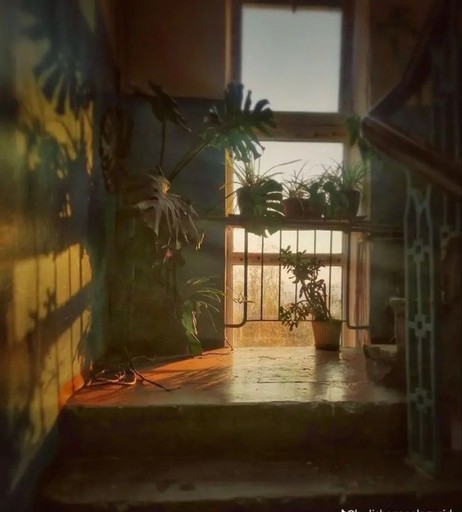On Concavity
Down the hall and past my room, an opening
in the wall the size of a fist— no, a shoulder?
Drywall cracks surrounding the hole like
veins, like gin blossoms on my fathers’ nose.
Him, drunk on desperation. No one ever
bothered to fix it— the hole, I should say. In
the winter, the mice made their nests in the
insulation, pink fiber burrows and their
babies wriggling like almost-drowned worms.
My brother and I took turns trying to hold
their tiny question mark bodies in our palms,
the mom nipping each time we snuck our
hand inside. And in the spring, Weasel kicked
out more plaster and had her kittens in the
wall, their twisted bodies fluttering with extra
toes and their jaws so misaligned they
couldn’t eat. And when one died, I fished it
out from in-between the beams. I was so
afraid the kitten was still alive that I sat
watching its floppy body for hours, waiting
for its chest to flicker and breathe.
Late at night, my brother studies the change
of space— all things definitive and absolute.
He draws large arcs across the whiteboard
he’s tacked up on his bedroom wall, marking
the x and y axis, explaining the quest each
mathematical problem leads us on. Along
the way, he says, we encounter the bad, the
good, and if we’re lucky, a solution. I can
only focus on his language: the convex, the
concave, and his long-fingered hands that
are writing if and only if on the board in red.
Since I’ve moved out, he has learned to
occupy the shape of our father’s house and
the structure in which he’s now contained. I
feel terrible for leaving him. I want so
desperately for him to have the change of
space that life allows— if we’re lucky, and to
convince him to go back to school, but I
know variables like us are resistant to
change. Still, he says that we can rewrite this
if we are willing to do a good bit of simple
algebra, and he erases the ink on the board.
